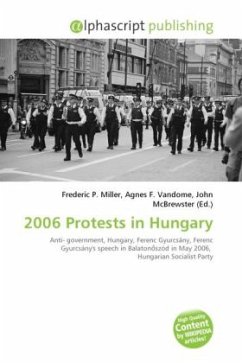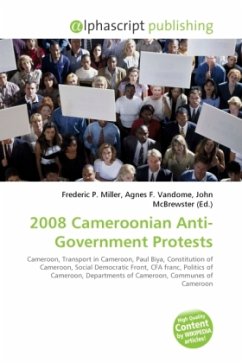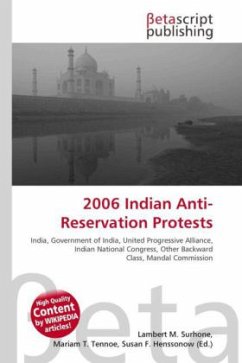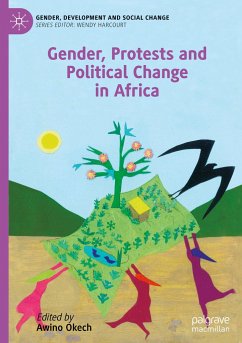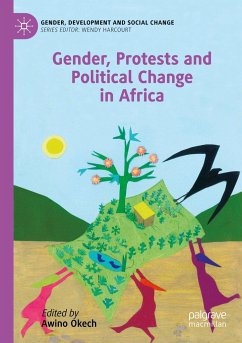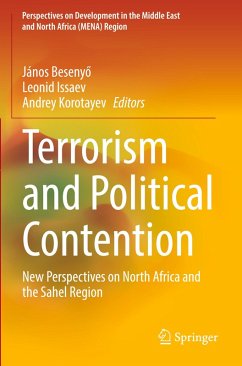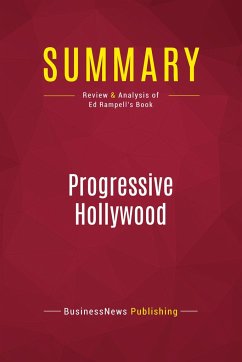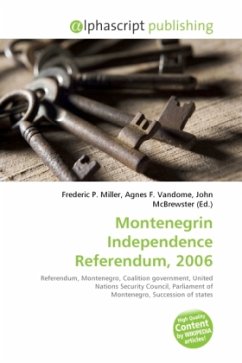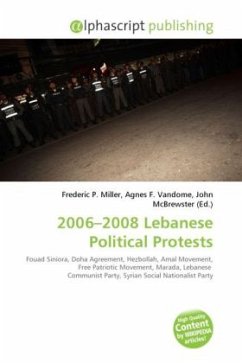
2006 - 2008 Lebanese Political Protests
Versandkostenfrei!
Versandfertig in 6-10 Tagen
26,99 €
inkl. MwSt.

PAYBACK Punkte
13 °P sammeln!
High Quality Content by WIKIPEDIA articles! The 2006 2008 Lebanese political protests were a series of protests and sit-ins that began on 1 December 2006, led by groups in Lebanon that opposed the US and Saudi-backed government of Prime Minister Fouad Siniora and ended on 21 May 2008 following the Doha Agreement. The opposition group was made up of pro-Syrian, Iranian-backed Hezbollah and Amal, and the anti-Syrian Free Patriotic Movement (FPM). A number of smaller parties were also involved, including the Marada party, the Lebanese Communist Party and the Syrian Social Nationalist Party. The m...
High Quality Content by WIKIPEDIA articles! The 2006 2008 Lebanese political protests were a series of protests and sit-ins that began on 1 December 2006, led by groups in Lebanon that opposed the US and Saudi-backed government of Prime Minister Fouad Siniora and ended on 21 May 2008 following the Doha Agreement. The opposition group was made up of pro-Syrian, Iranian-backed Hezbollah and Amal, and the anti-Syrian Free Patriotic Movement (FPM). A number of smaller parties were also involved, including the Marada party, the Lebanese Communist Party and the Syrian Social Nationalist Party. The majority of the members of the government were part of the anti-Syrian March 14 Alliance, a coalition of political parties and independents in Lebanon. The two groups were also divided along religious lines, with most Sunnis and Druze supporting the government, and most Shi'a supporting the opposition group. The Christian community was split between the two factions, with Michel Aoun, the leader of the Free Patriotic Movement, claiming to have more than 70% support among the Christians, according to the results of the 2005 parliamentary elections.



